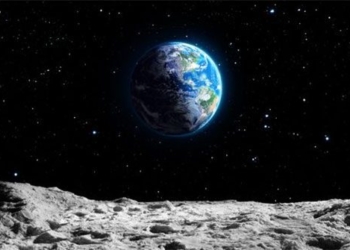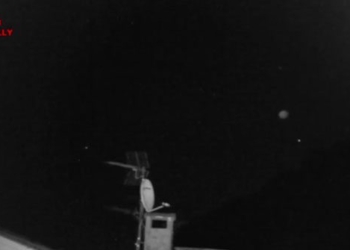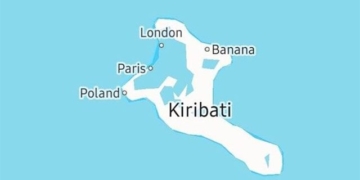Why is there a perfect circle in the ocean on Google Earth?
Scott Waring, the owner of a website specializing in posting “evidence” of extraterrestrial life, recently shared a photo showing a circle in the ocean on Google Earth, sparking debates about “UFOs.”
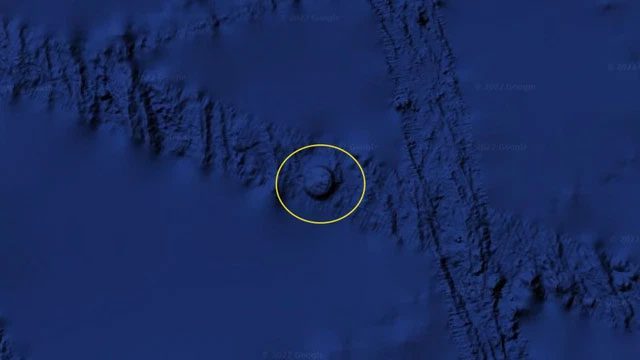
The circle appears to rise from the ocean floor like a mountain.
This strange circle is located off the coast near the Nazca Lines area of Peru, a series of gigantic geoglyphs created by the Nazca civilization nearly 2,000 years ago. Waring estimates that the circle he found has a diameter of about 6.8 km and can be seen approximately 566 km from the coast of Lima. The circle appears to rise from the ocean floor like a mountain.
However, the bad news for UFO enthusiasts is that this circle is just a data artifact from Google. Such strange shapes can appear in various ocean areas on Google Earth, as the company uses data from multiple sources to map the sea. These sources have varying resolutions or detail levels, and when they are stitched together, odd shapes can sometimes emerge at the seams.
In a blog post from 2016, Google developers confirmed that some data conflicts could lead to images resembling strange hills and valleys on the map.
For instance, the ocean map is based on charts created by the Scripps Institution of Oceanography, which uses satellite gravity measurements to preliminarily map the undulations of the ocean floor, indicating ocean depths.
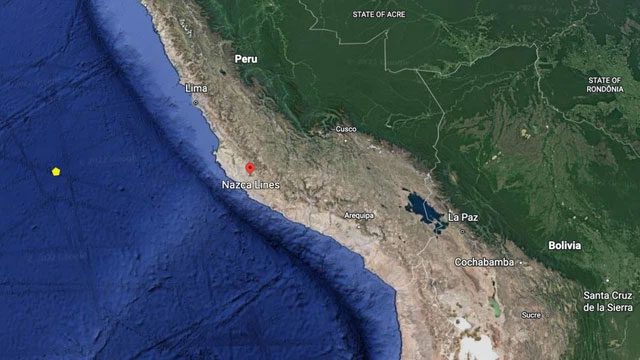
But the truth is this circle is just a data artifact from Google.
To create more detailed maps, the company collects data from shipborne sonar, a technique that uses sound propagation to navigate, communicate, or detect objects on, in, or under the water, then records the echoes to obtain high-resolution images. Sometimes, satellite-based measurements and shipborne measurements do not align, which can lead to features resembling hills or depressions.
Notably, the “UFO” detected by Waring is located right in the middle of a cross-section, which has clearly been surveyed by ship-based sonar; this shape may be a side effect of merging multiple data sources. These long lines can be seen throughout the ocean on Google Earth and are sometimes mistaken for signs of a lost civilization.
To this day, much of the ocean remains a mystery to humanity. According to the National Oceanic and Atmospheric Administration, only 5% of the ocean has been mapped using modern sonar technology.








































